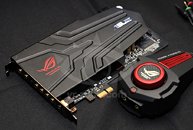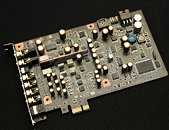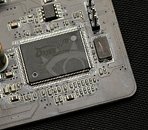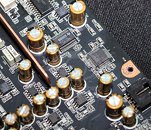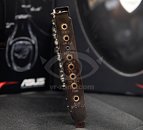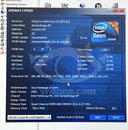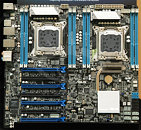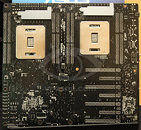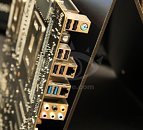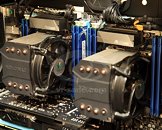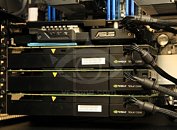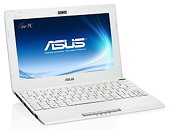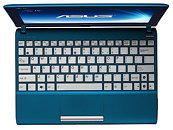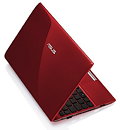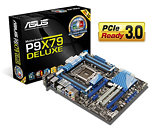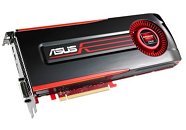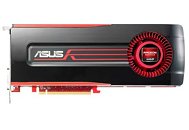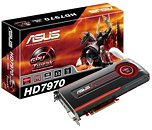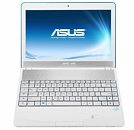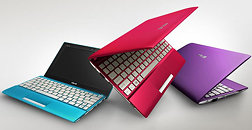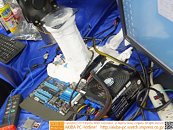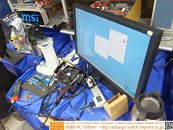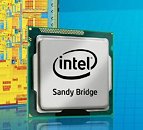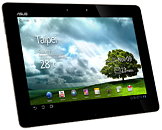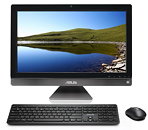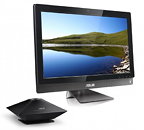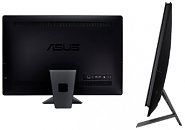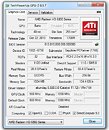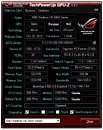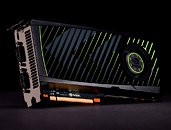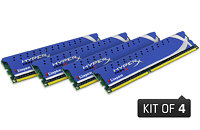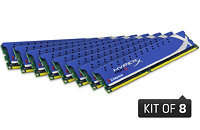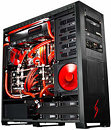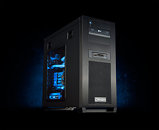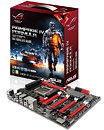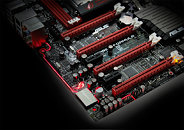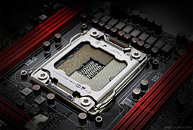
ASUS ROG Phoebus Sound Card Pictured, Driven by New CMI Oxygen Express Chip
ASUS displayed its latest sound card, the Republic of Gamers (ROG) Phoebus. This card is designed for multichannel gaming audio. While it might not pack any fancy DSP that doesn't already exist, its AMP circuitry is so designed to give the best positional audio that could come handy with competitive online gaming. With this card, ASUS also brought to the fore C-Media's latest audio chipset, the CMI 8788DH Oxygen Express, which packs native PCI Express support. All PCI Express sound cards launched by ASUS so far feature OxygenHD and ASUS-rebadged AV-100 chipsets, that use legacy PCI, and hence depend on PCIe-to-PCI bridge chips by PLX to function on PCI Express.
The primary DAC for headphone/front-out channel of the ROG Phoebus is TI-BB PCM1792A, with stellar signal-noise ratio (SNR) of 127 dBA. Other main channels are handled by Cirrus Logic, probably the CS5381, with SNR of 120 dBA. There's also a tertiary Realtek ALC889 (110 dBA) CODEC that probably handles an independent set of audio channels, or handles the digital outputs, since it's licensed with a few Dolby technologies. On the AMP side, we spy bleeding-edge OPAMPs, a Texas Instruments 6120A2(?) AMP chip (for the headphones channel), etc.
The primary DAC for headphone/front-out channel of the ROG Phoebus is TI-BB PCM1792A, with stellar signal-noise ratio (SNR) of 127 dBA. Other main channels are handled by Cirrus Logic, probably the CS5381, with SNR of 120 dBA. There's also a tertiary Realtek ALC889 (110 dBA) CODEC that probably handles an independent set of audio channels, or handles the digital outputs, since it's licensed with a few Dolby technologies. On the AMP side, we spy bleeding-edge OPAMPs, a Texas Instruments 6120A2(?) AMP chip (for the headphones channel), etc.
